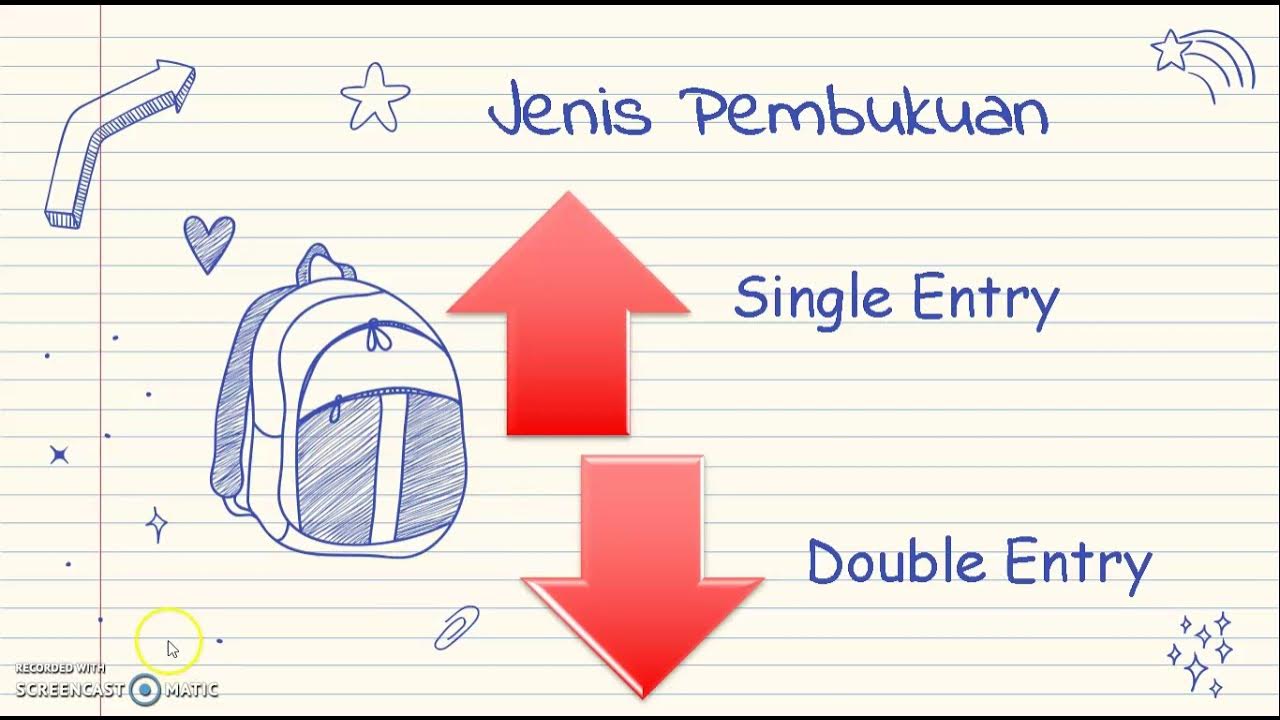1.1- Basics of Government Updated 2023
Summary
TLDRIn this lecture on American Government, we explore the fundamentals of government, focusing on its purposes, types, and forms. Government is defined as a system that controls society and manages public policy. Key purposes include protecting rights, ensuring welfare, resolving disputes, and regulating the use of force. We discuss the difference between direct and representative democracies, as well as presidential and parliamentary systems. The advantages of democracy, such as greater participation and better outcomes, are highlighted, while potential disadvantages are acknowledged. Students are encouraged to take structured notes to enhance their understanding of these topics.
Takeaways
- 😀 Government is a system of institutions and people that control society and create public policy to address social issues.
- 😀 Public policy refers to laws and decisions made by the government to address various social issues.
- 😀 Government helps solve disputes among different groups in society, especially in situations where resources are limited.
- 😀 The main purposes of government are to protect citizens' rights, ensure their well-being, resolve disputes, and define the proper use of force in society.
- 😀 The four main purposes of government include protecting life, liberty, and property, ensuring fairness, and regulating the use of force.
- 😀 There are three ways to categorize government forms: by who rules, how many rulers there are, and the degree of freedom in society.
- 😀 Governments can be categorized into authoritarian (less freedom, more power at the top) and libertarian (more freedom, less centralized power) systems.
- 😀 Democracies can be classified into direct and representative forms. In direct democracy, people vote on issues directly; in representative democracy, they elect representatives to make decisions for them.
- 😀 A presidential democracy separates the executive from the legislative branch, whereas a parliamentary democracy integrates them.
- 😀 Democracy has several advantages, such as more public participation in decision-making, which leads to policies that better reflect the needs of society.
- 😀 Disadvantages of democracy exist but are not covered in this session, and further details will be provided in upcoming lessons.
Q & A
What is the main purpose of government as outlined in the transcript?
-The main purpose of government is to control society through a system of institutions and people, creating public policy that addresses social issues and disputes among various groups.
What are the four basic purposes of government mentioned in the video?
-The four basic purposes of government are to protect natural rights (life, liberty, and property), ensure the well-being of the people, resolve disputes fairly, and define the proper use of force in society.
What is the difference between authoritarian and libertarian governments?
-Authoritarian governments concentrate power at the top and limit freedoms for the people, whereas libertarian governments prioritize giving people more freedom and reducing centralized power.
What is the distinction between direct democracy and representative democracy?
-In direct democracy, people vote directly on issues, whereas in representative democracy, people elect representatives to make decisions on their behalf.
How does the United States government blend elements of both direct and representative democracy?
-The U.S. government blends these elements through mechanisms like initiatives, such as the medical marijuana initiative in Missouri, where the people vote directly on certain issues, but overall, the system is a republic with elected representatives.
What is the key difference between a presidential democracy and a parliamentary democracy?
-In a presidential democracy, the president is separate from the legislature, while in a parliamentary democracy, the head of government (prime minister) is part of the legislature.
What is one advantage of democracy mentioned in the video?
-One advantage of democracy is that it allows for greater participation in decisions, leading to policies that better reflect society's needs and protecting citizens' rights.
What are some of the disadvantages of democracies?
-The transcript hints at the disadvantages of democracy but does not go into detail. Generally, disadvantages can include inefficiency, the potential for majority tyranny, or the challenge of reaching consensus.
Why is it important to take structured notes, according to the speaker?
-Structured notes help ensure that information is organized, making it easier to review and find key points during timed assessments. The speaker recommends using objectives as benchmarks for the notes.
How can students make sure they are summarizing information correctly when taking notes?
-Students should pause and paraphrase the information in their own words to ensure understanding. If they have any questions, they are encouraged to reach out to the instructor for clarification.
Outlines

このセクションは有料ユーザー限定です。 アクセスするには、アップグレードをお願いします。
今すぐアップグレードMindmap

このセクションは有料ユーザー限定です。 アクセスするには、アップグレードをお願いします。
今すぐアップグレードKeywords

このセクションは有料ユーザー限定です。 アクセスするには、アップグレードをお願いします。
今すぐアップグレードHighlights

このセクションは有料ユーザー限定です。 アクセスするには、アップグレードをお願いします。
今すぐアップグレードTranscripts

このセクションは有料ユーザー限定です。 アクセスするには、アップグレードをお願いします。
今すぐアップグレード関連動画をさらに表示

Sosiologi Politik 4, Konstruk dan Mode Pengelolaan Kekuasaan

Kuliah MANAJEMEN PEMERINTAHAN II Minggu 02 Konsep Dasar (Bagian B)

Bentuk negara

FORMA DE ESTADO, FORMA DE GOVERNO E SISTEMA DE GOVERNO | DIREITO CONSTITUCIONAL | CIÊNCIA POLÍTICA

Akuntansi Pemerintah SMK Kelas XI - Jenis Pembukuan Tunggal dan Berpasangan Akuntansi Daerah

Political Institutions SIMPLIFIED (AP Comparative Government Unit 2)
5.0 / 5 (0 votes)
